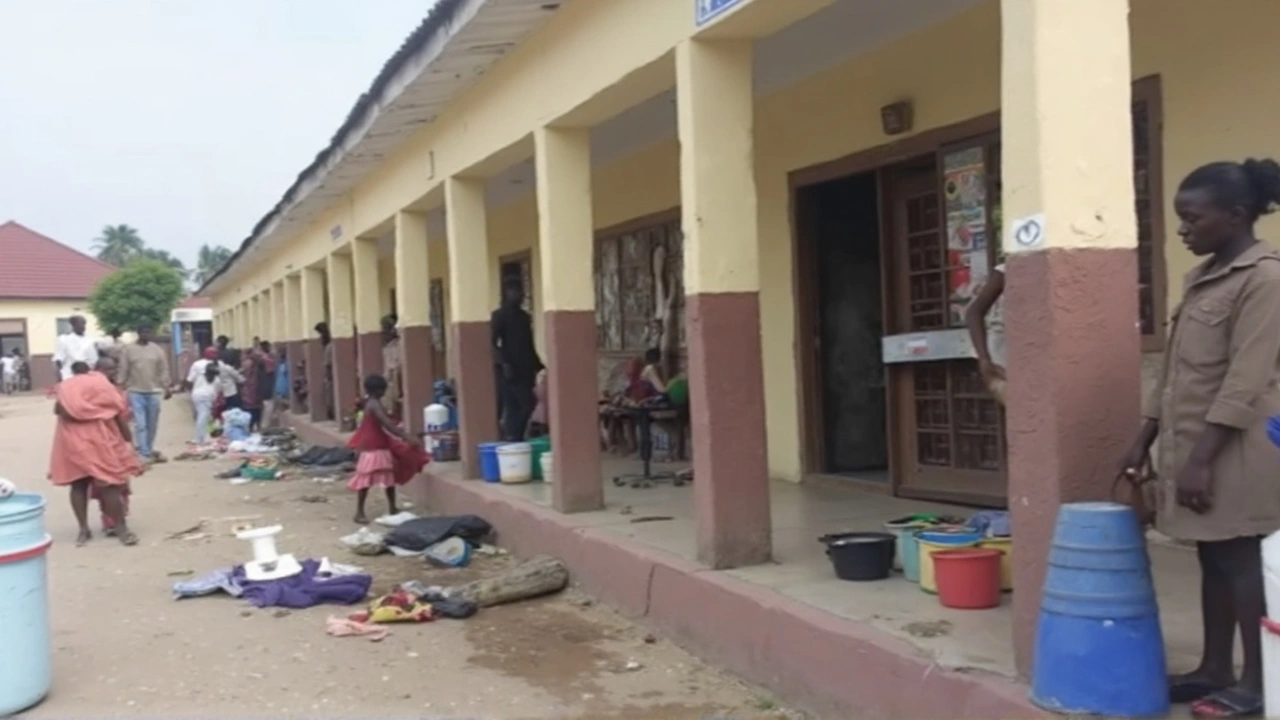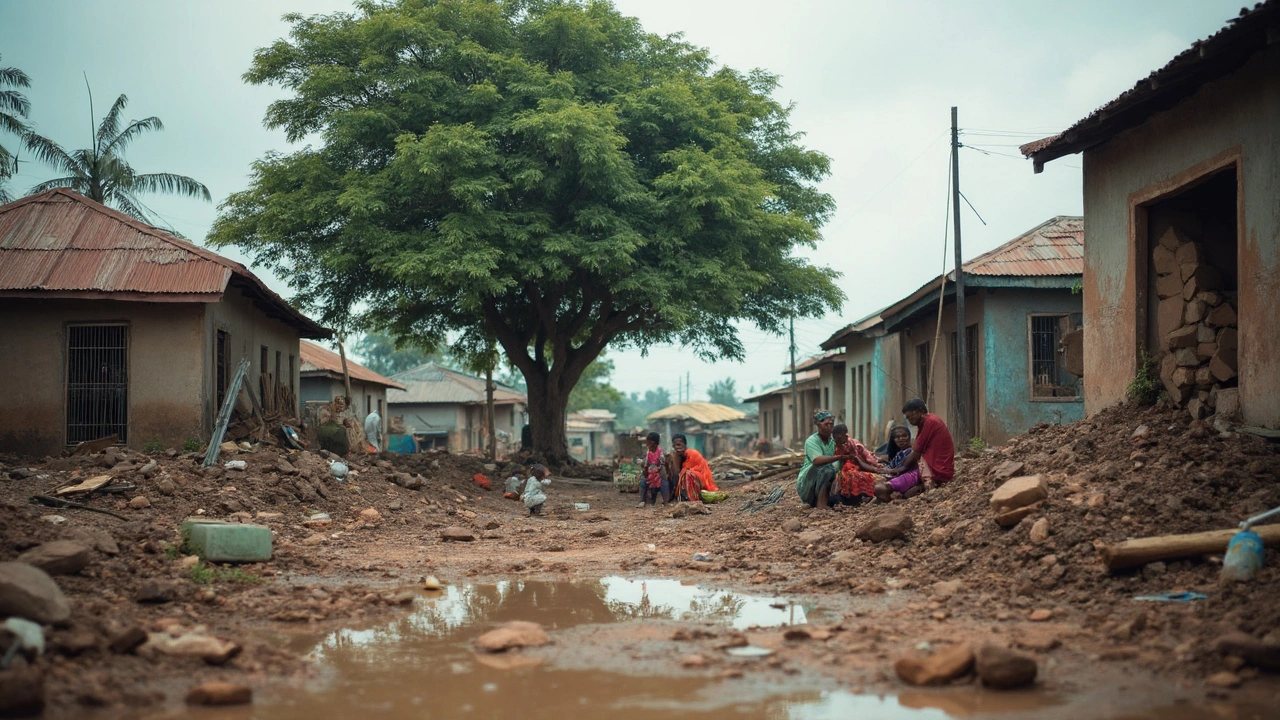Alau Dam Collapse Triggers Widespread Flooding and Destruction
The collapse of the Alau Dam in September 2024 after unrelenting rainfall brought heavy destruction to Maiduguri and neighboring communities. The scene is grim: entire neighborhoods underwater, markets emptied and destroyed, health facilities damaged, and families separated in the chaos. At least 30 lives have been lost, but the impact goes much deeper – close to 400,000 people are now without homes, with many forced to crowd into temporary shelters.
Schools meant for learning have become packed displacement sites overnight. These makeshift camps offer little beyond shelter from the elements; access to toilets is scarce, and safe drinking water is nearly impossible to find. People huddle together with what little they’ve managed to salvage, each day facing new risks.
The devastation didn’t come out of nowhere. Maiduguri and the wider region of northeast Nigeria have already been wrestling with some of the country’s worst issues – insecure food supplies, widespread malnutrition among children, and health care that’s barely scraping by, thanks to persistent conflicts and instability. Médecins Sans Frontières (MSF) teams on the ground report hundreds of severely malnourished children needing urgent treatment every week before the flood even hit. Now, things have gotten a lot worse.

Disease and Hunger Threats Grow in Crowded Camps
Packed into overcrowded classrooms and halls with barely any sanitation, families are at growing risk of malaria and deadly disease outbreaks like cholera and diarrhea. Clean water is so scarce that some have no choice but to drink whatever is available, risking illness. The lack of toilets – some places have only one for dozens of families – further amplifies the spread of disease. There are fears that the region could see a return of malnutrition rates that had only just started to drop over the past few months.
The floods also wiped out crops and livestock just before the main harvest. Food supplies are plunging fast, and the cost of basic essentials is climbing out of reach for many families. Aid groups are scrambling to deliver emergency food, mosquito nets, and makeshift shelter, but the road ahead is uncertain. MSF has started repairing boreholes to give communities a lifeline for clean water, but needs continue to outpace what relief teams can provide.
- Many families lost what little they had – homes, possessions, even important documents.
- Children, already at risk, now face double threats from hunger and outbreaks of malaria and waterborne diseases.
- Healthcare facilities are overwhelmed by the influx of new patients, with medical stocks thin on the ground.
It’s not just numbers and statistics, either. Stories from those affected show how deep the crisis goes. Take Fatima Umar, for example. She’s a mother of three and lives with a severe disability. When floods rose faster than she could escape, neighbors pulled her to safety just in time. Now she and her children depend entirely on outside help for food and mobility support, a situation mirrored by thousands who lost everything overnight.
All of this is happening while insecurity keeps aid groups and health workers from reaching some of the hardest-hit spots. Ongoing violence means gaps in healthcare and protection, and solutions are never easy. Just weeks before, similar flooding in Zamfara’s Gummi region destroyed more homes and left thousands more displaced, showing a pattern of growing vulnerability across northern Nigeria.
The coming weeks for Maiduguri and its people hang in the balance. The pressure is on for local authorities and aid groups to step up protection, restore basic services, and stop the crisis from spiraling further – all while the weather shows little sign of mercy.






